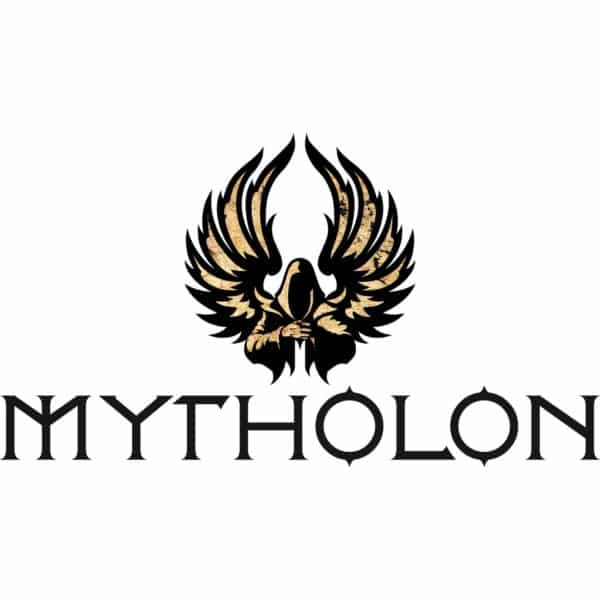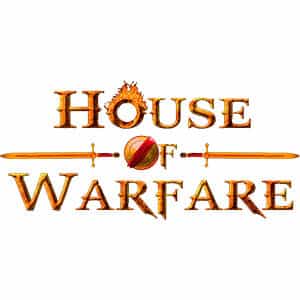By Charles J. Lockett, Senior Content Contributor and Medieval Expert
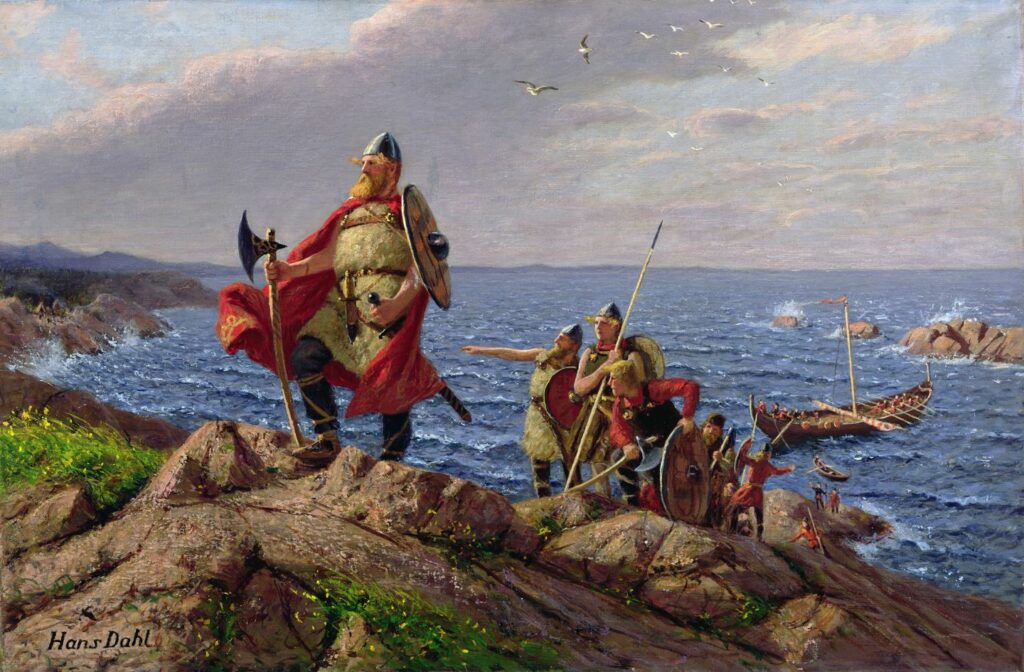
Everyone knows that the Vikings colonised England. Starting in the last decade of the 8th century CE, raiders from Scandinavia began targeting low-lying Anglo-Saxon coastal communities on the East Coast of England, hauling their loot back to Norway and Denmark, and by the end of the next century, they had begun to colonise the East of England, eventually resulting the partition of the country under the Danelaw. But most people don’t understand the sheer scale of Viking expansion – far from the North Sea, the Viking colonisation project spanned the known world: from the Caspian Sea and the Volga River on the borders of Central Asia, all the way across the fierce Atlantic Ocean to the shores of North America. Here, we’ll examine the sheer scope of the Viking expansion – and see the scale of the impact they had on the course of world history.
“Poverty has forced them thus“
The reasons for the explosion of Viking expansion, conquest and colonisation from the early 9th century have been rich meat for historians ever since. Adam of Bremen (c. 1050 – c. 1085 CE) – of the Norwegians in c. 1075 CE, he wrote, “Poverty has forced them thus to go all over the world and from piratical raids they brings home in great abundance the riches of the lands.” In this way they bear up under the unfruitfulness of their own country.” Modern scholarship traces the origin of Viking conquest to a cocktail of factors, including population growth, intensification of agriculture, specific forms of inheritance practises, and the prestige associated with foreign exploration. Scandinavian society was not literate until well into the Viking Age, with the spread of Christianity around the 11th century CE – so we are forced to rely on proxy measures rather than the words of Vikings themselves.
For example, pollen analysis from the Swedish peninsula indicates a change in farming habits to more intensive models of farming, along with a change towards single-family farms and large families. This indicates rapid population growth. As well, traditional Scandinavian inheritance forms tended to favour the eldest son, meaning that these large families tended to generate ‘spare’ children with little prospect of owning their own land. For many amongst the middling class of freedmen between the noble class and the slave class, the only real means of social and economic advancement available existed outside of the boundaries of their homeland. It is unsurprising, therefore, that prestige seems to have become attached directly to the ‘foreign’ – trade, exploration and ‘wealth extraction’ of distant lands.
Wolves of the Sea
The Norse inhabitants of Scandinavia were perhaps uniquely well-equipped for this turn toward raiding, exploration and colonisation – they already had a tradition of ship-building that stretched back into the pre-Roman Iron Age. Where most pre-Viking Scandinavian ships are more akin to large flat-bottomed canoes, around the 8th century, Viking shipwrights developed the clinker keel. This method of building ships, with overlapping timbers reaching a point, created a far stronger hull that was capable both of supporting the weight of a mast and sails, and of withstanding the tremendous force of open seas. The Kvalsund ship, dating to 690 CE, is the earliest masted ‘longship’ yet discovered – its appearance at the very opening of the Viking expansion shows most clearly how critical an invention it was. Ship-building became a highly specialised and complex industry – Óláfs saga Tryggvasonar (written in 12th century Iceland) tells of the division of labour in Viking shipbuilding: “Of this ship was Thorberg the master-smith, but with him were many others at work, some felling trees, some shaping them, some hammering nails, & some carrying timber”. These broad, shallow-drafted boats were not only excellent for raiding, permitting swift landings directly onto beaches, but they were also highly suited to trading, permitting Vikings to travel long distances inland up rivers to wealthy inland population centres.
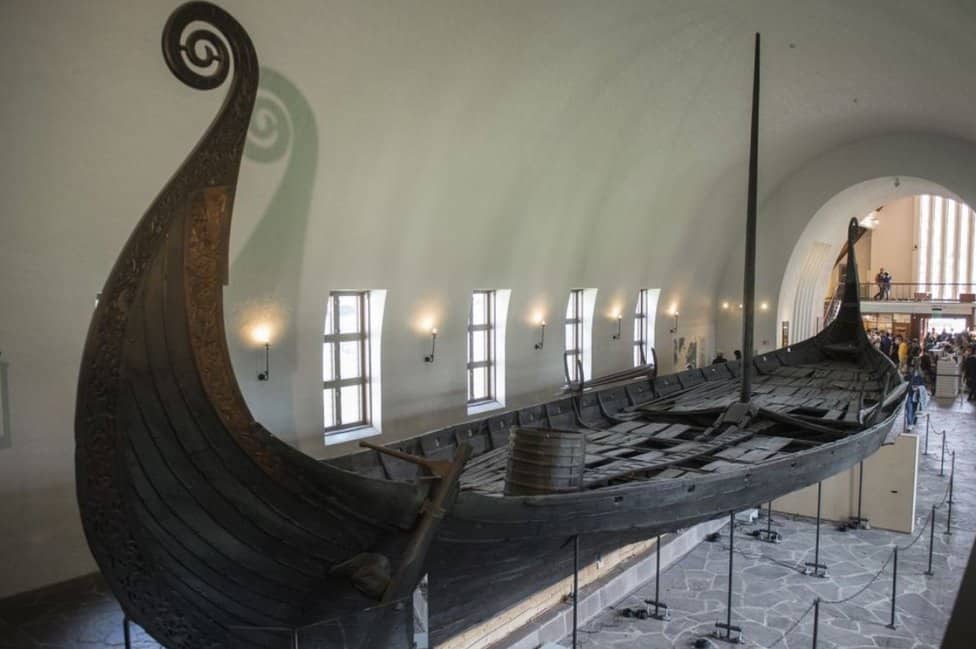
Much early Viking conquest took the form of raiding: pillaging a particular place, like a coastal monastery or outlying village, and then making off before an organised resistance could be organised. These gradually developed into a sort of formalised protection racket, where states would surrender tribute in the form of ‘Danegeld’ (literally, ‘gold for the Danes’) in return for leaving lands unmolested. But as the Viking era progressed, wealthy Norse kings flush with the spoils of war began to look toward permanently settling the lands they had found. Thus, we enter the era of Viking colonisation. Vikings settled across a staggeringly wide area, founding colonies across the entire known world of the Middle Ages – from the Byzantine Empire in modern-day Turkey, all the way to the coast of North America. We’ll look at the limits of the Viking world, and how they seeded a legacy that determined the course of medieval history.
Rollo Strikes A Deal – The Crafty Conquest of Normandy
The rugged and fertile region of Normandy lies along the French coastline of the English Channel, north-west of Paris – and at the opening of the 9th century, it was known as Neustria, part of the Kingdom of Frankia. The Frankish empire had emerged more-or-less whole from the Roman province of Gaul, and by the beginning of the Viking Age, Normandy was a sparsely populated but pleasant land. A prime target for Viking raiders coming down from Scandinavia. The first Viking raids began along the Neustrian coast in the 790s CE, and by the 830s, Vikings were incurring into inland France up the broad rivers like the Seine which estuary in the region. Some Scandinavians felt the land was so good, they began setting up small trading encampments near the coast. In 845 CE, the Vikings were so emboldened to as even attempt to besiege Paris – the sagas identity this raid with mythic Viking king Ragnar Loðbrok, although there is no direct evidence of even his existence.
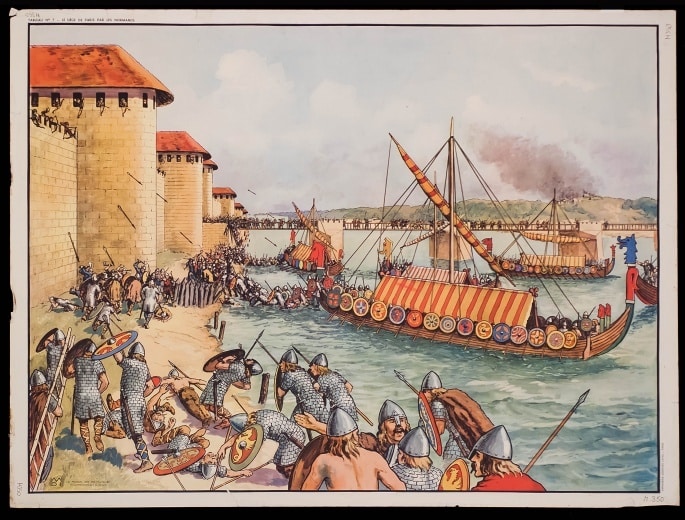
By the start of the 10th century, things had gotten out of hand: Norsemen were now permanently settled along the Neustrian coast, and they were raiding inland with impunity. Their new leader, Rollo, had formed them into an extremely effective force, and in 911 they attempted to pillage the city of Chartres. They had done so a generation before, but the Franks were now ready for them: having fortified the city, the defenders saw off the thousands of attacking Scandinavians – but after this close escape, Frankish King Charles the Bold concluded the only way to end this situation was by welcoming Rollo into the fold. He offered to cede Rollo a Dutchy, to be named ‘Normandia’, or ‘the land of the Northmen’, in return for Rollo’s vassalage and his conversion to Christianity. Rollo accepted, signing the Treaty of Saint-Clair-sur-Epte later that year.
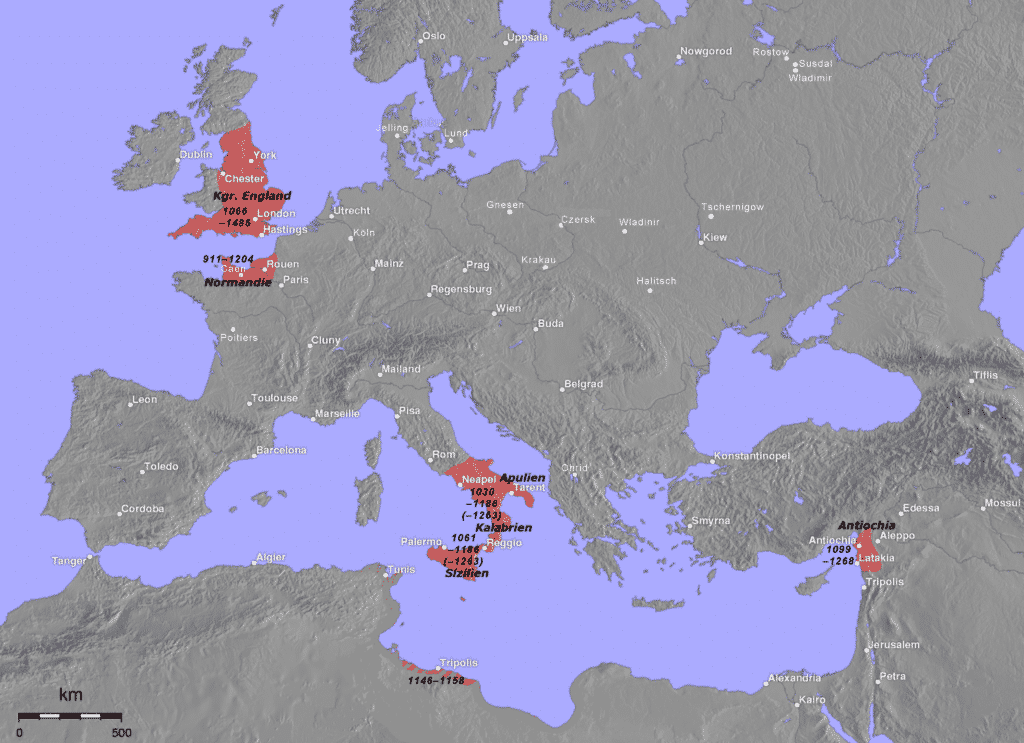
Rollo’s descendants would turn Normandy into a medieval powerhouse. They intermarried with the local populace, adopting French but retaining much of their custom and world-view. They took up the Frankish tradition of horsemanship, and became fearsome mounted knights. In the time of Rollo’s great-great-great-grandson William the Conqueror, they would form a sprawling empire including England and much of Italy.
A map of the Norman possessions at the height of Norman power in the 12th century
The Volga and the Varangians
As well as founding the Norman state and having a permanent impact on the course of Western European history, the Vikings travelled eastward as well. As in the Viking colonisation of Normandy, the Vikings used their broad-bottomed boats to traverse the waterways of what is now the Baltic coast of Eastern Europe, penetrating deep into the interior of modern Belarus, Ukraine and western Russia. One might think of these areas as wild steppe-land, devoid of wealth or population, but this would be entirely incorrect: a flourishing series of civilisations had long lived in the region. Whilst we generally think of the Silk Road from India and China as entering Western Europe via the Mediterranean towards Italy, the lesser-known ‘Volga trade route’ was a flourishing trade route in the Dark Ages – it ran from the Islamic states on the Caspian sea, all the way to Novgorod in western Russia. As we have seen, the Viking sagas tend to ascribe large and probably quite gradual migrations of people to individual heroic figures, and the settlement of the Volga trade route is no different: a legendary Viking king called Rurik is pointed to as the founder of a Norse-Slavic state called the Kievan Rus’. Scholarly debate persists as to what degree the Rus’ people were of Norse origin, but the general consensus is that they were mostly Swedish Norse settlers, who join into processes of state formation which were taking place in the region, and who assimilated into the culture of the Slavic peoples.

As well, this location was ideally situated to trade with the Byzantine Empire via the Dnieper River, which ran though Eastern Europe to the Black Sea. The links that the Vikings had with the Byzantines were secured in the middle of the 9th century, when friendship was secured between the two communities in return for the Vikings providing men to guard the Byzantine Emperors. This elite unit is known as the ‘Varangian Guard’ (the Greeks knew the Vikings as ‘Varangians’, from the Norse words for a sworn companion). There are several Old Norse runestones in Sweden which record the valiant service of Swedes in the Varangian Guard throughout the Viking era. Indeed, Harald Hardrada, the presumptive king of England who was defeated by Harold Godwinson in 1066, was a commander in the Varangian Guard as a young man, and fought all over the Mediterranean with the Byzantine military.
The extent of the Kievan Rus’ in the 9th-century, outlined in green.
Across the Oceans – Iceland and Vinland
In 874 CE, a Norwegian Norse cheiftain called Ingólfr Arnarson set out to found a homestead on the rocky island in the North Sea, which had been circumnavigated by explorer Garðar Svavarsson several summers before. By the end of the 10th century CE, Iceland had a flourishing Norse society. They were amongst the first Christian converts amongst Norse peoples, and the majority of Viking written texts were scribed by the monastic communities on the island. Today, its Althing parliament claims to have sat in unbroken session since its first convention by the citizens of Iceland in 930 CE.
But the most enigmatic colony of the Vikings is its most far-flung. A handful of Norse texts mention a place called Vinland, so named for the wild grape vines that grow there. To its north, it is bound in ice, and it is inhabited by a people called the Skræling (foreigners or barbarians). The earliest, written by Adam of Bremen in the late 11th century, is closest to the theoretical discovery of this land, which apparently occurred in the late 10th century CE. Later sources, the so-called ‘Vinland Sagas’ composed centuries later in the mid-13th century, expand upon this theme, detailing the heroic voyage of the intrepid Leif Erikson, who arrives at the strange land having been blown off course on a mission to preach Christianity in Greenland. These were romantically seized upon in the Victorian era as a means to link North American history to a pre-colonial past. But they received received an astonishing verification in the 1960s. Through a series of brilliant archaeological investigations, Norwegian archaeologist Anne Stine Ingstad, along with her husband Helge Marcus Ingstad, unearthed the only Viking settlement known to exist in North America at l’Anse aux Meadows on the island of Newfoundland. In the medieval era, this would have been a lush land riven with wild grapes, and would have made an inviting settlement location for the Viking explorers, exhausted from their Atlantic crossing. It in unlikely that the island remained inhabited for long, as no further settlements have yet been discovered – but it is more than enough to establish the Norse people as true world-striders.
So – from the Volga to Vinland, the Viking expansion was truly world-encompassing in scale. When you catch yourself imagining the medieval era as one of peasants tied to the same acre of mud, remember the sagas of Rollo, Rurik and Leif Erikson!
Bibliography:
Byock, J. L. (1990), Medieval Iceland: Society, Sagas, and Power, United Kingdom: University of California Press.
Ingstad, A. S., Ingstad, H. (2000), The Viking Discovery of America: the Excavation of a Norse Settlement in L’Anse aux Meadows, Newfoundland, Canada: Breakwater.
Franklin, S. and Shepard, J. (1998), ‘The Emergence of Rus 750–1200’ in R. Smith, Longman History of Russia, London-New York: Longman.
Poulsen, B. (2012), ‘A Classical Manor in Viking Age and Early Medieval Denmark?’, in Revue belge de philologie et d’histoire, tome 90, fasc. 2, 2012. Histoire Médiévale, Moderne et Contemporaine Middeleeuwse, Moderne en Hedendaagse Geschiedenis. pp. 451-465.
Price, N. And Brink, S. (eds.) (2008), The Viking World, United Kingdom: Routledge.
Shetelig, H. and Falk, H. (1937), Scandinavian Archeology, United Kingdom: Clarendon Press.
Somerville, A. A. and McDonald, R. A. (2019), The Viking Age: A Reader, United Kingdom: University of Toronto Press.
Widgren, M. (1983). Settlement and farming systems in the early Iron Age : a study of fossil agrarian landscapes in Östergötland, Sweden (PhD dissertation, Almqvist & Wiksell International).

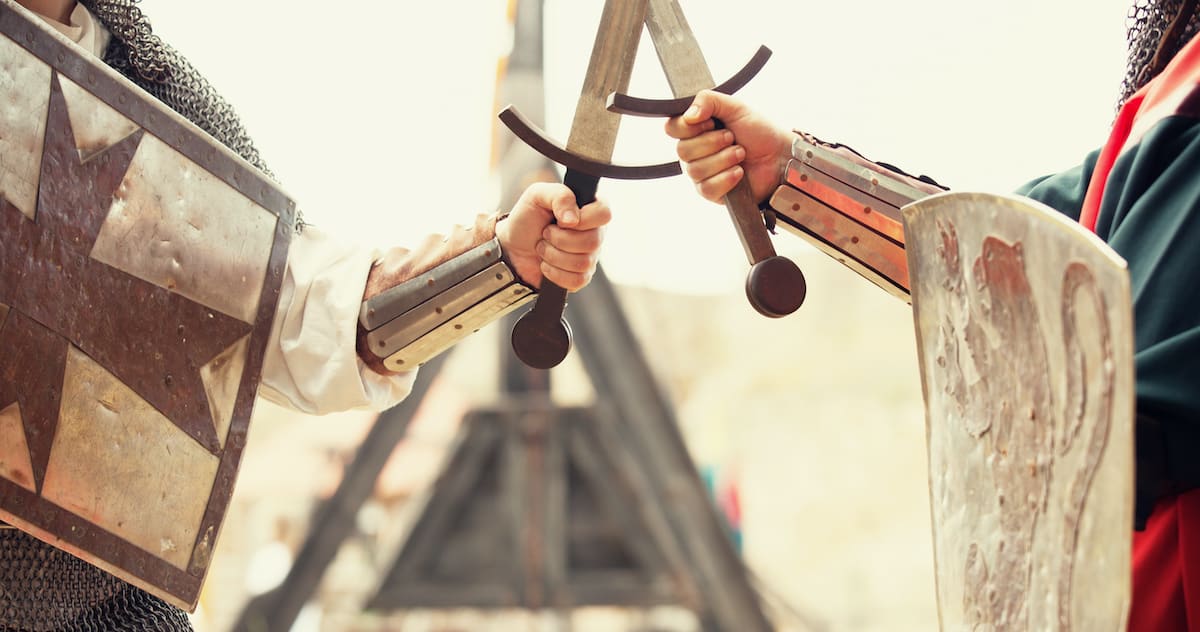 Historical Swords
Historical Swords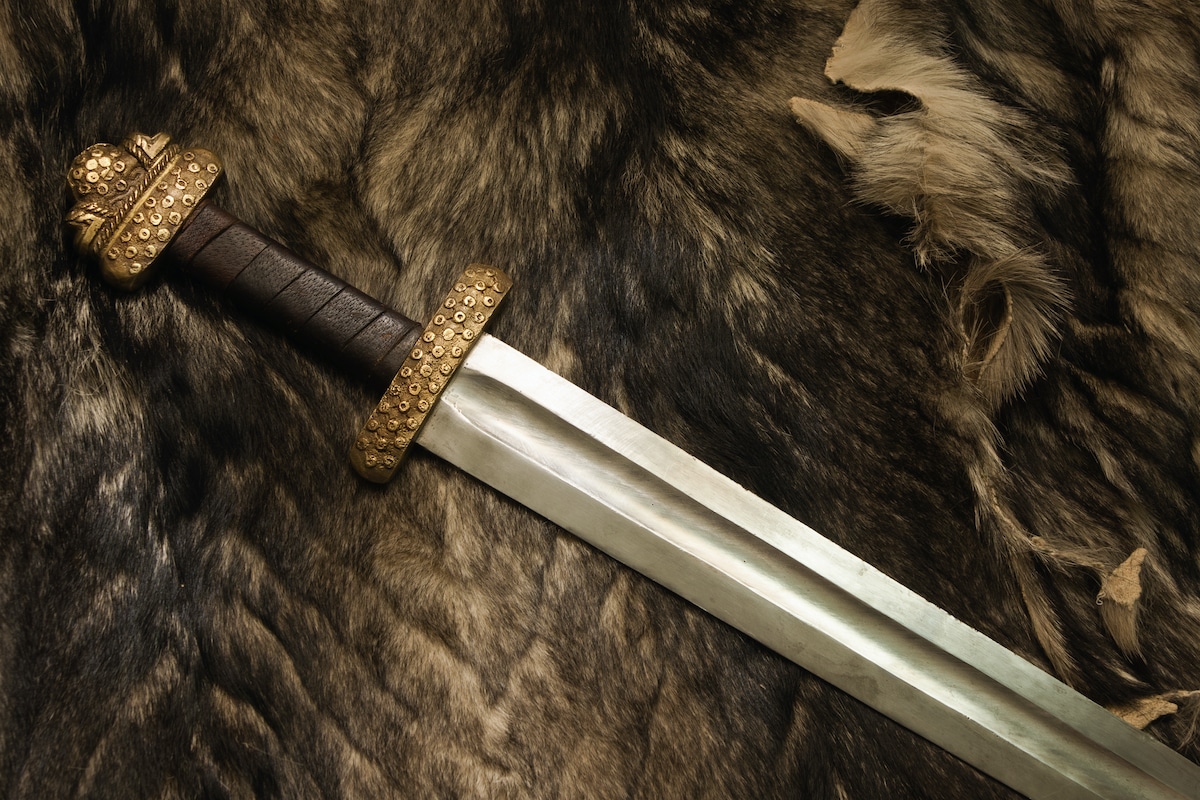 Norse & Viking Swords
Norse & Viking Swords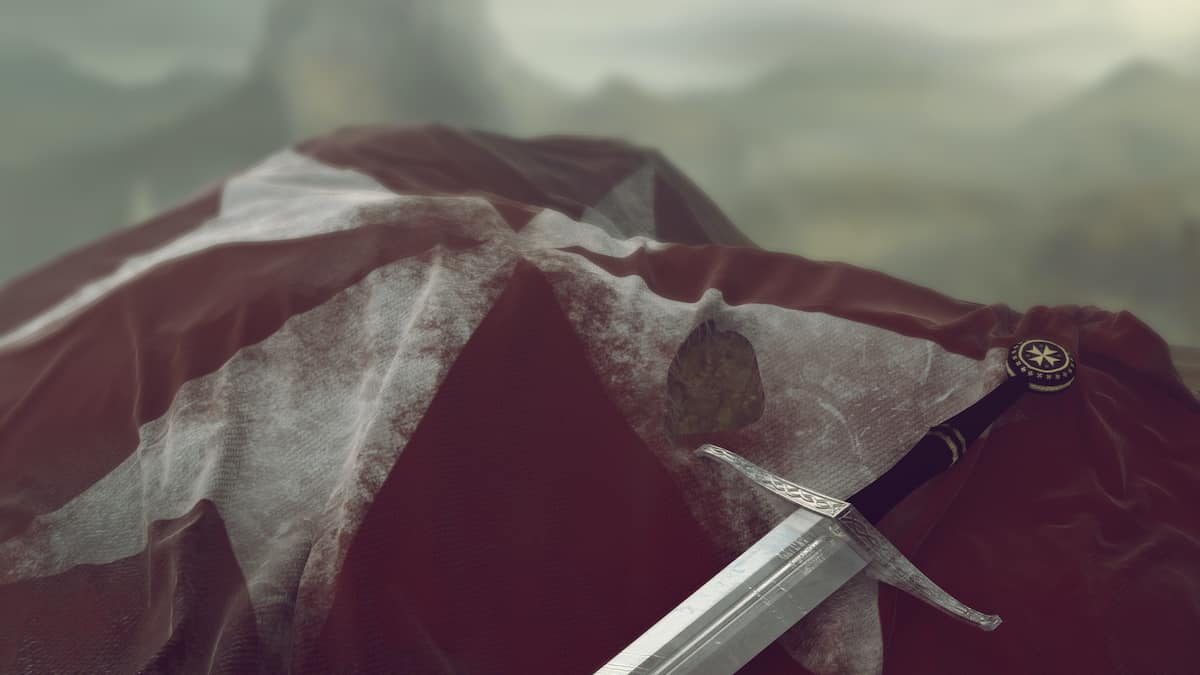 Templar Swords
Templar Swords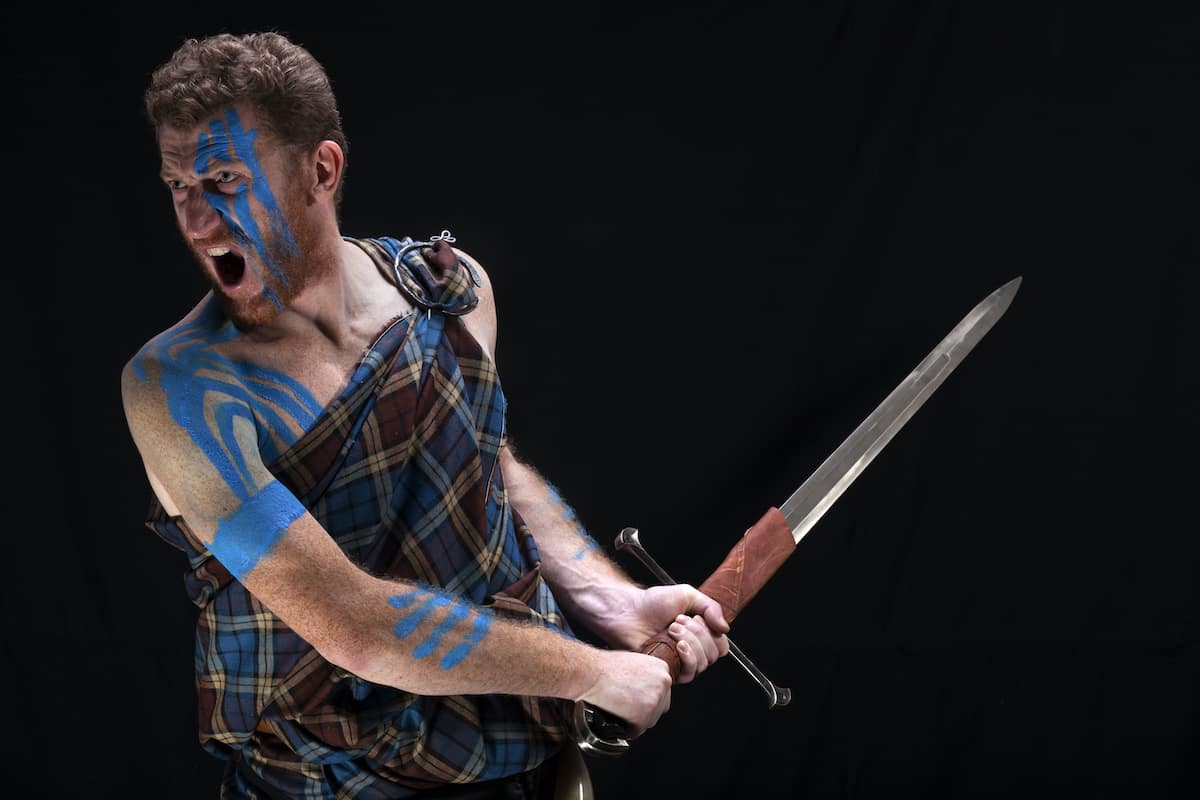 Claymore Swords
Claymore Swords Fantasy Swords
Fantasy Swords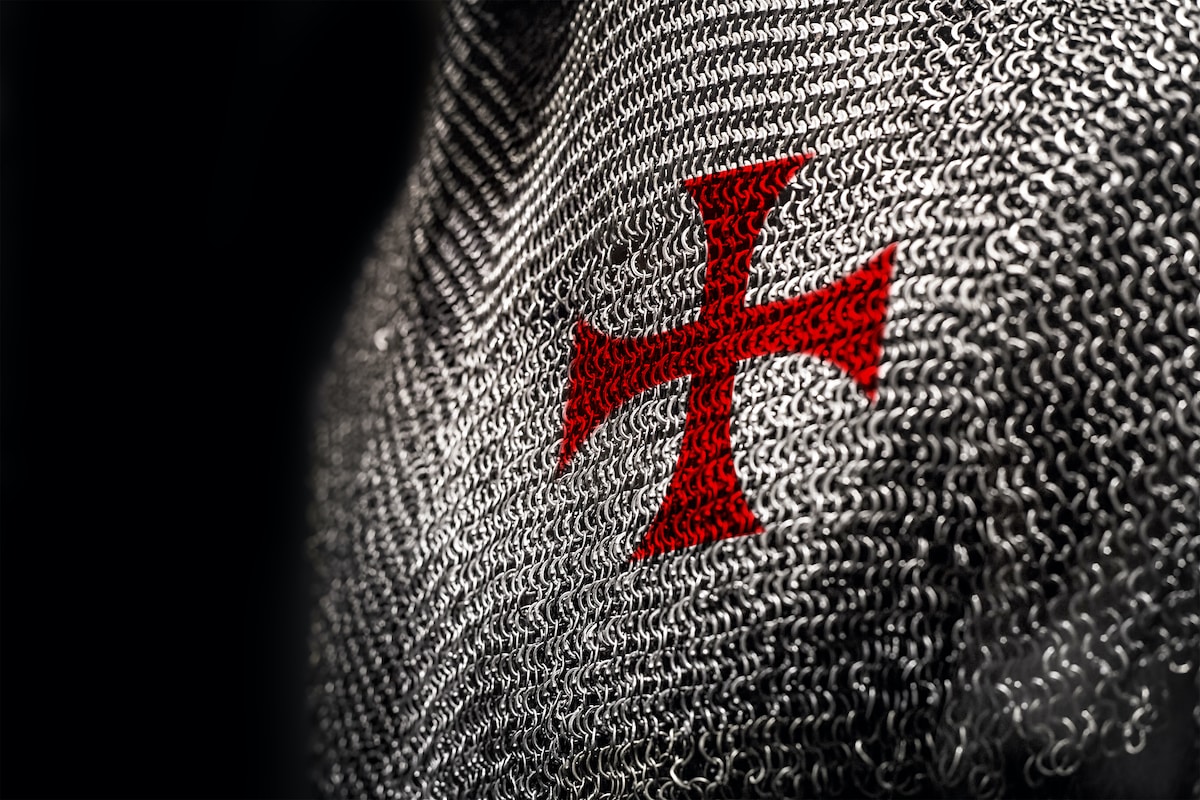 Chainmail
Chainmail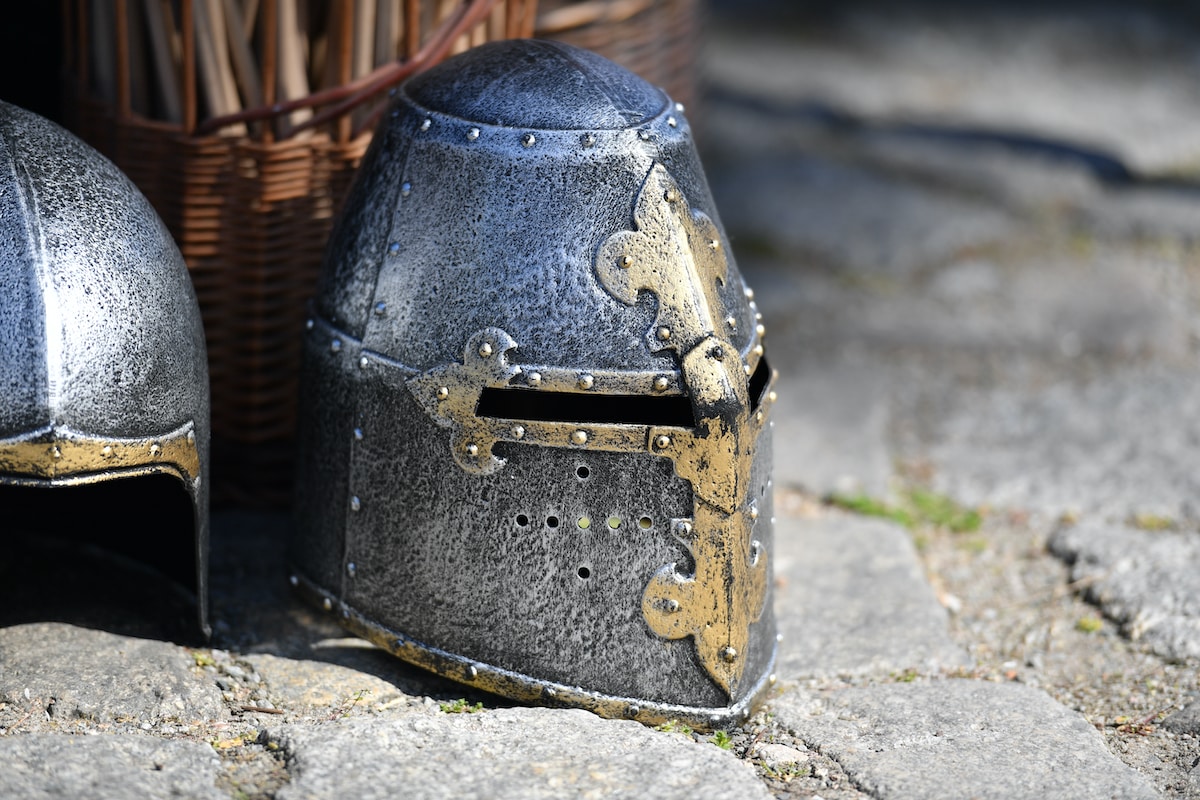 Helmets
Helmets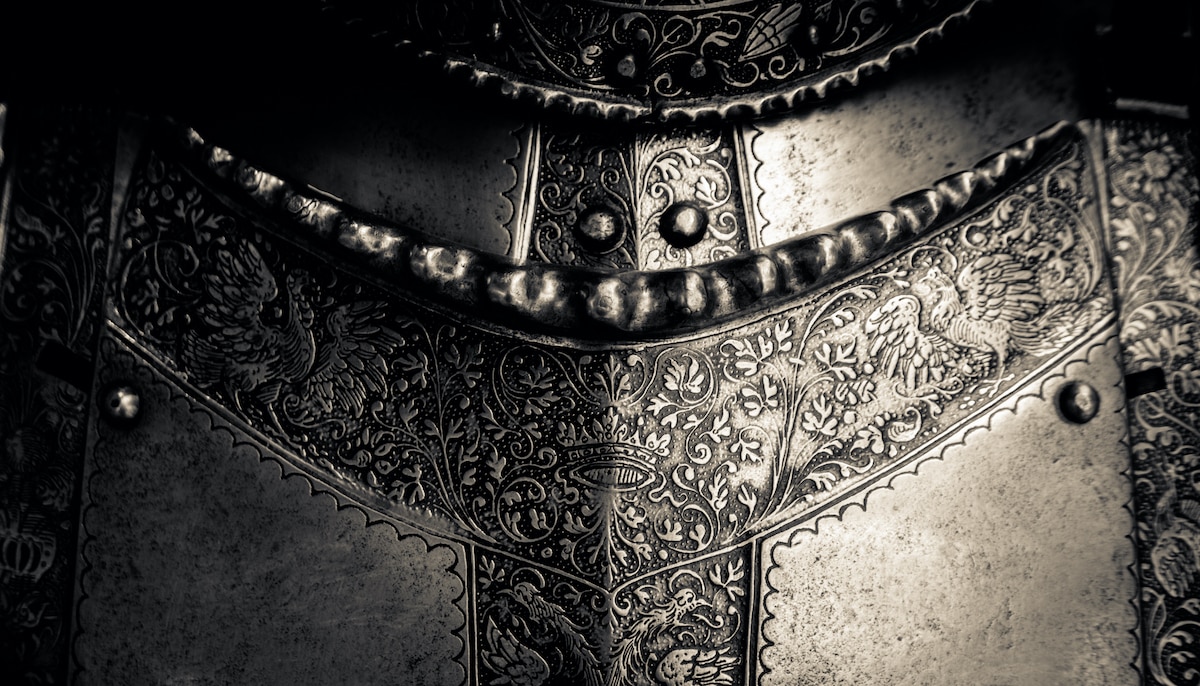 Torso Armor
Torso Armor Bracers and Arm Protection
Bracers and Arm Protection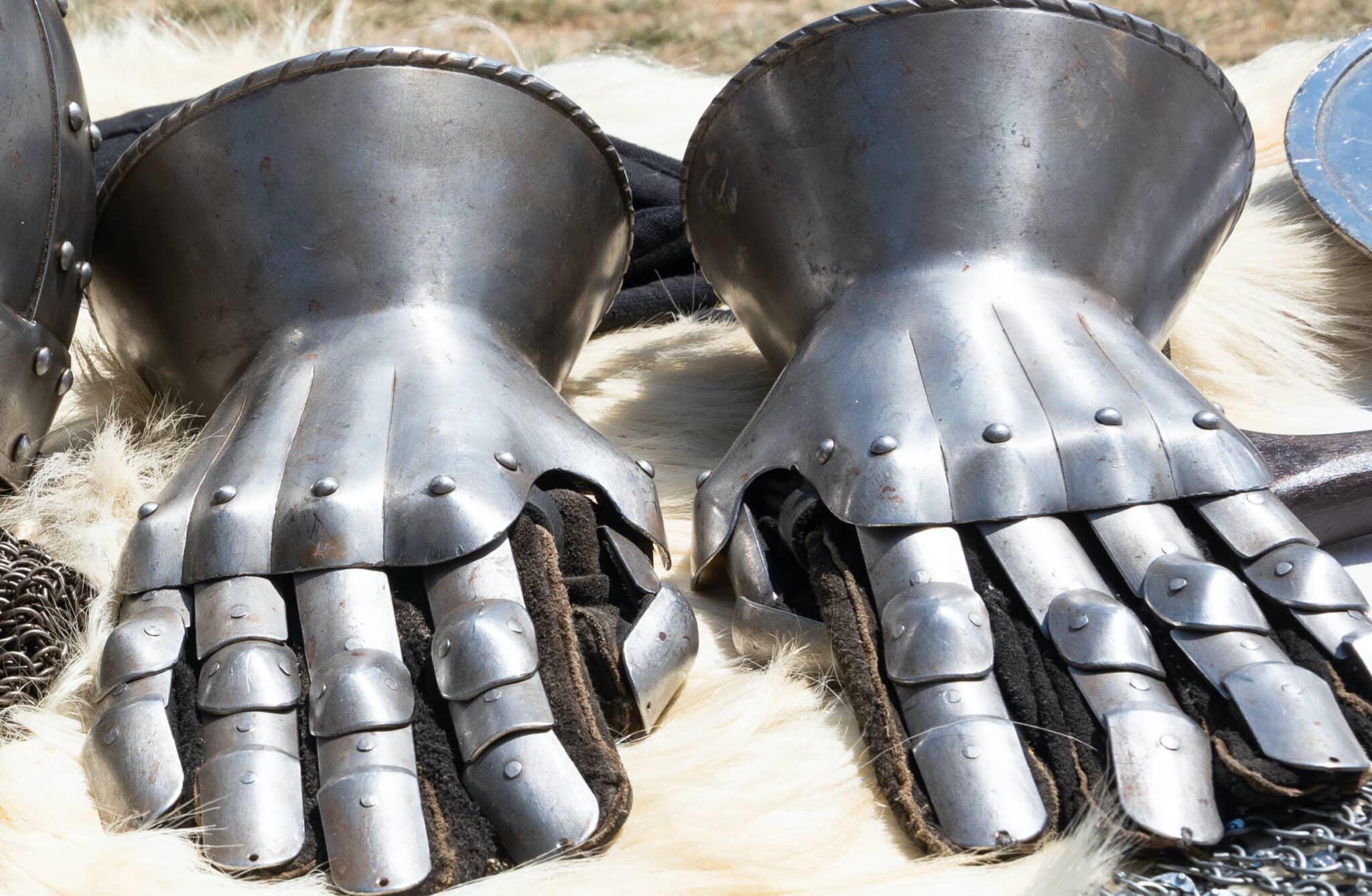 Gauntlets
Gauntlets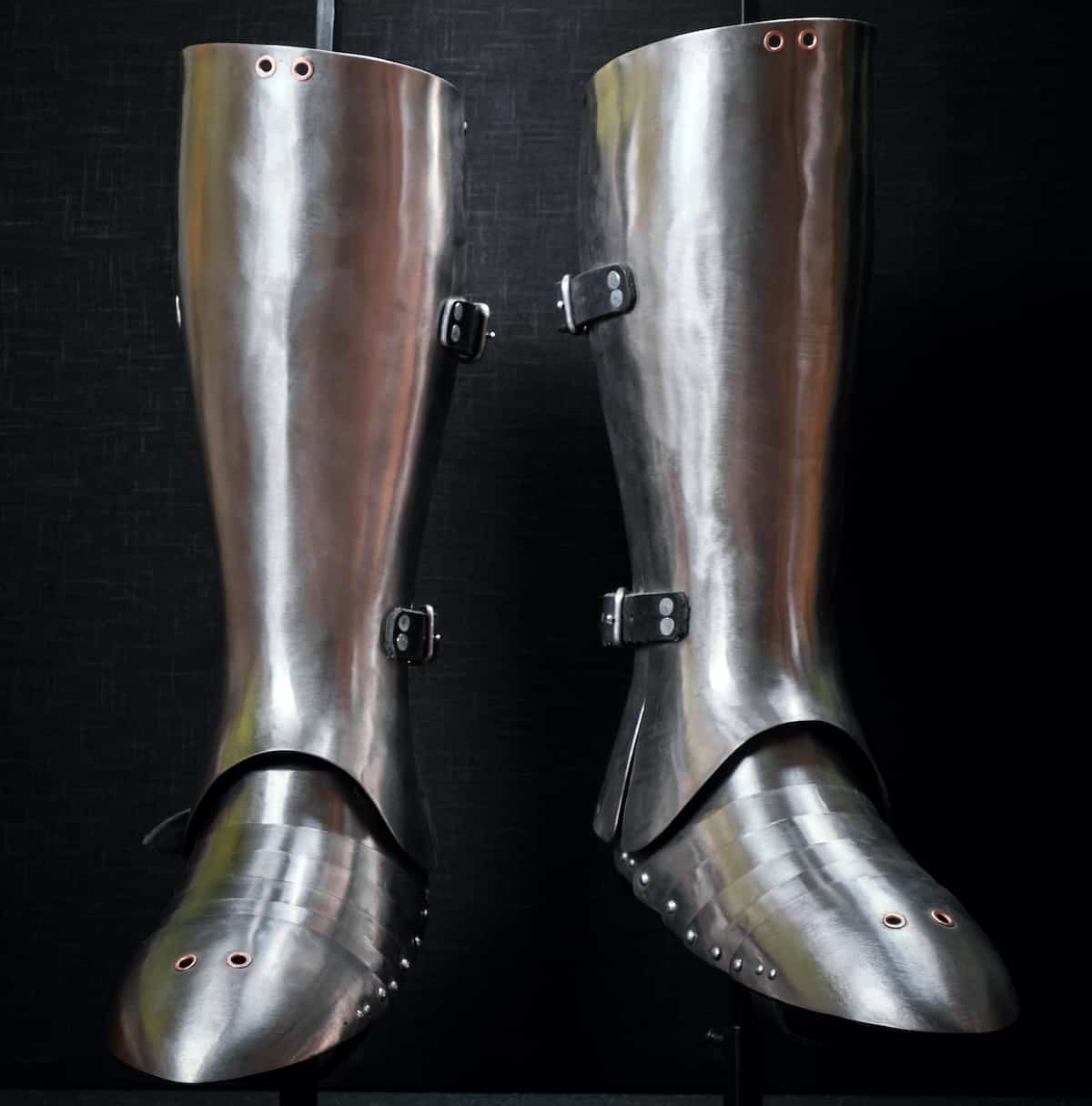 Leg Armor
Leg Armor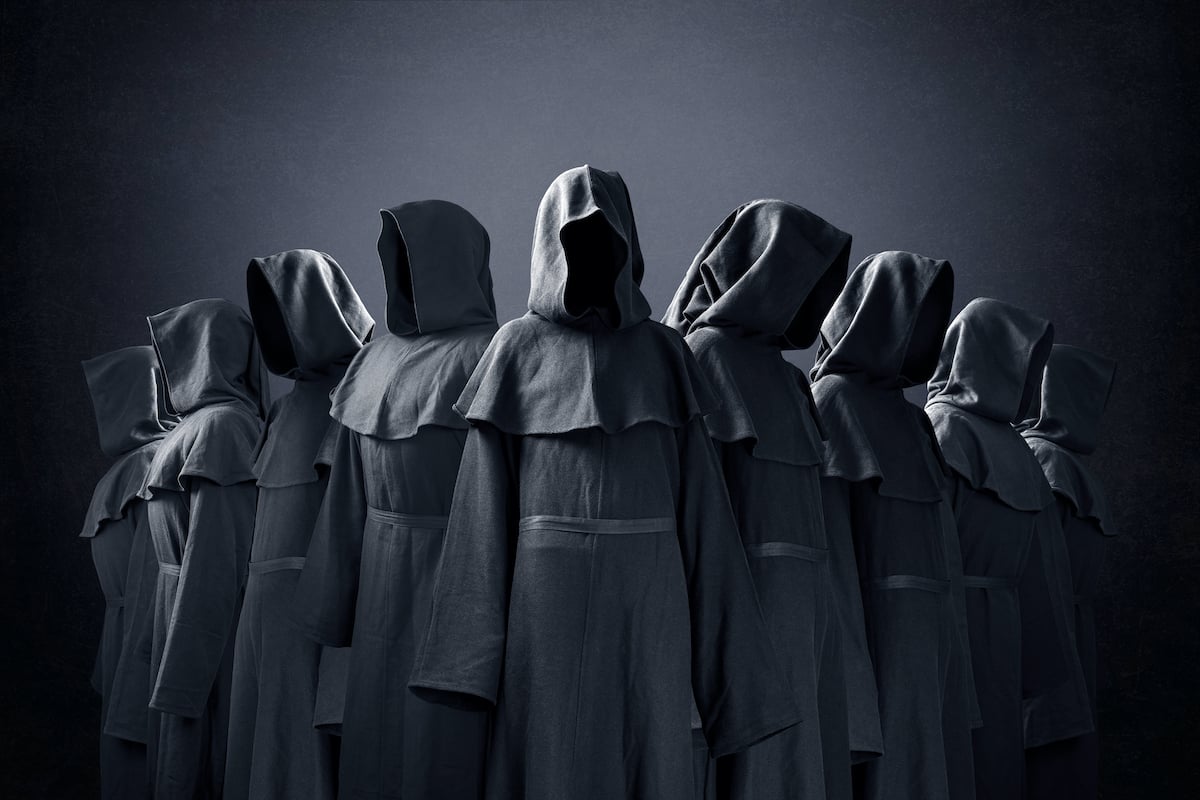 Cloaks
Cloaks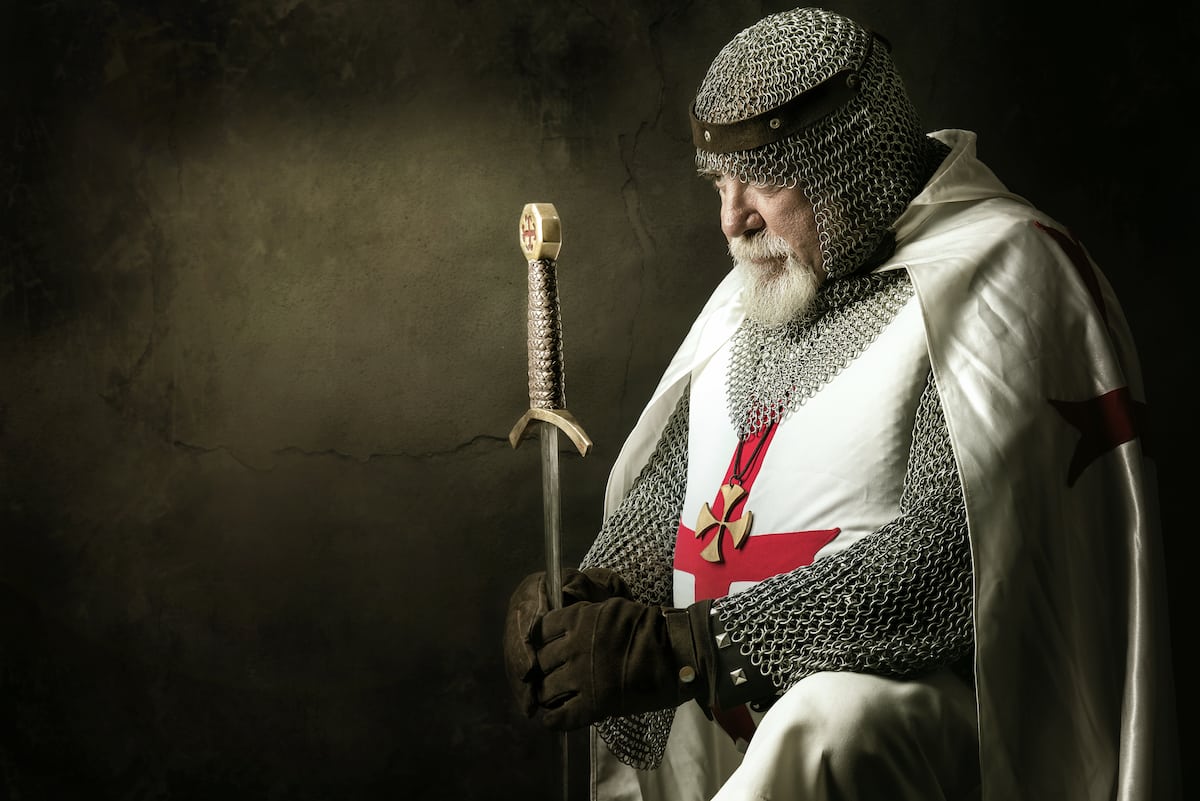 Tabards
Tabards Shirts
Shirts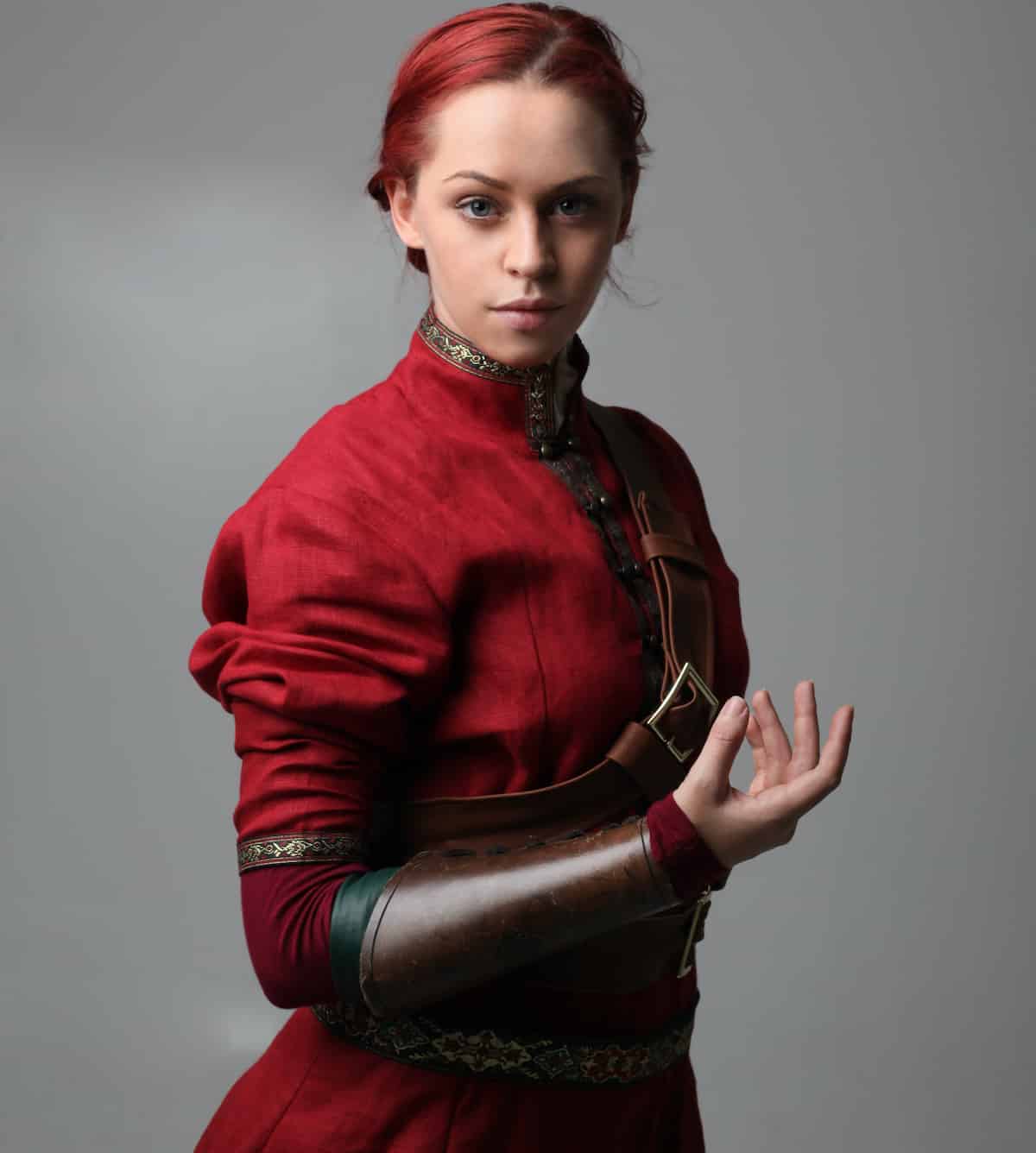 Tunics
Tunics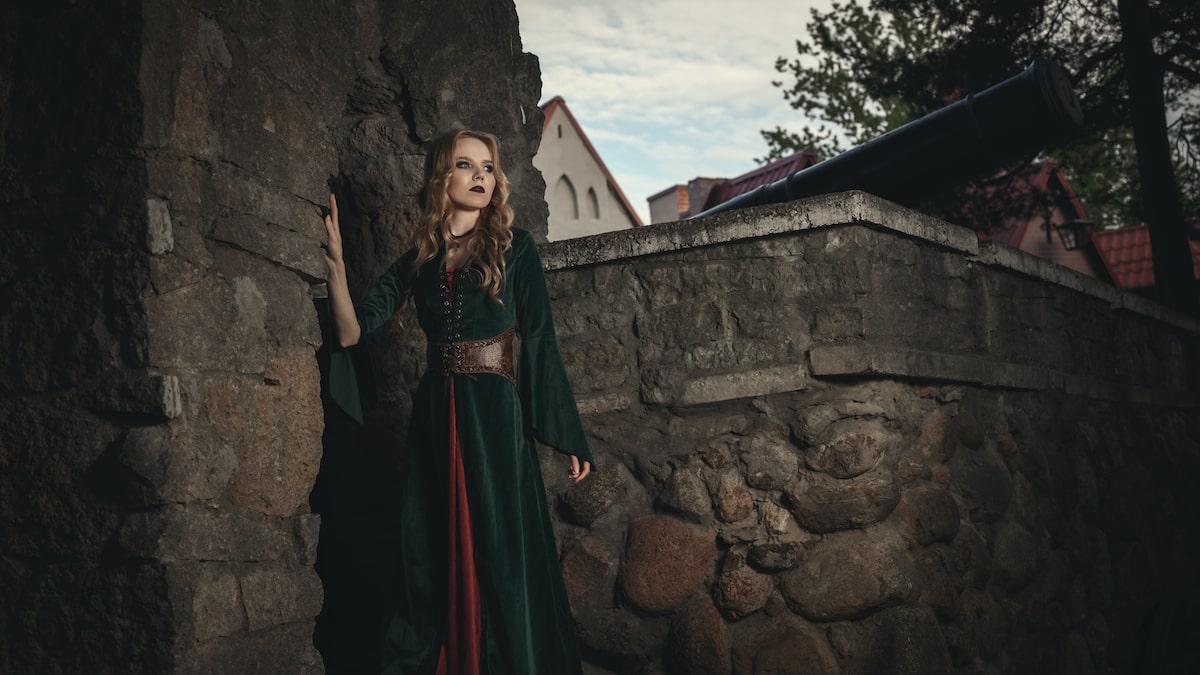 Dresses
Dresses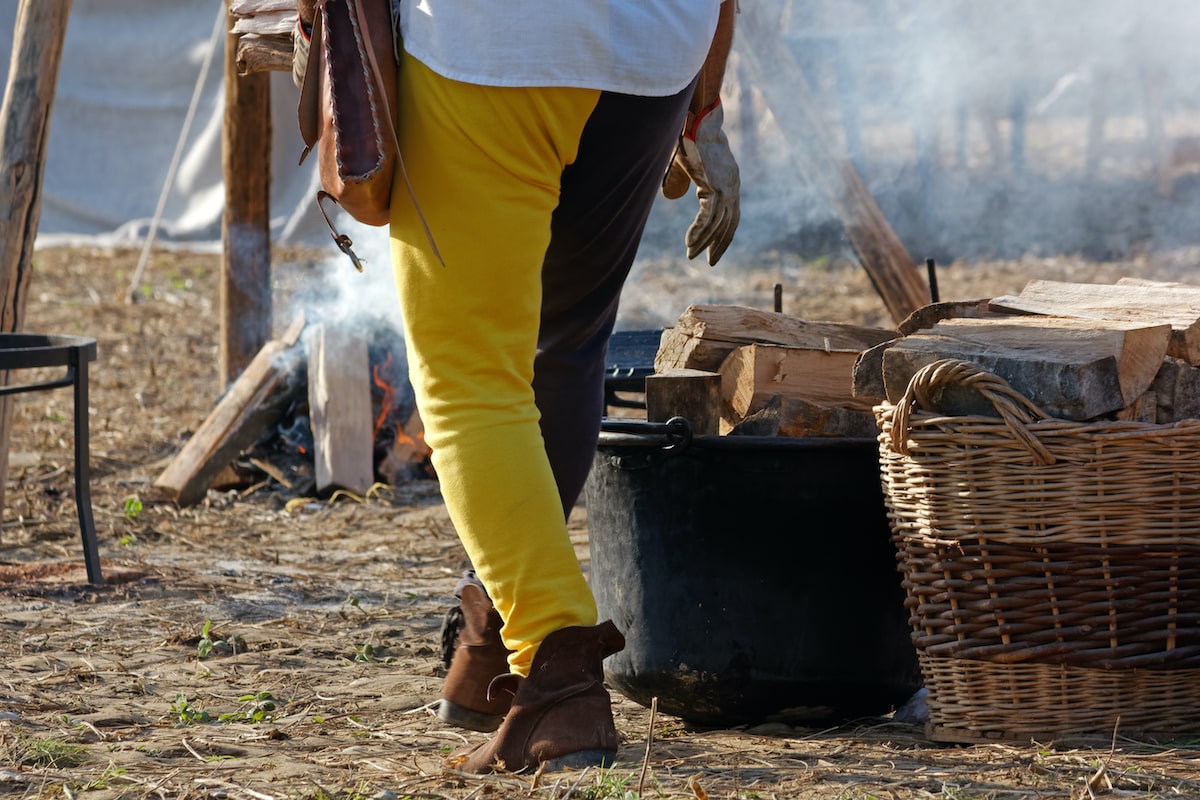 Pants
Pants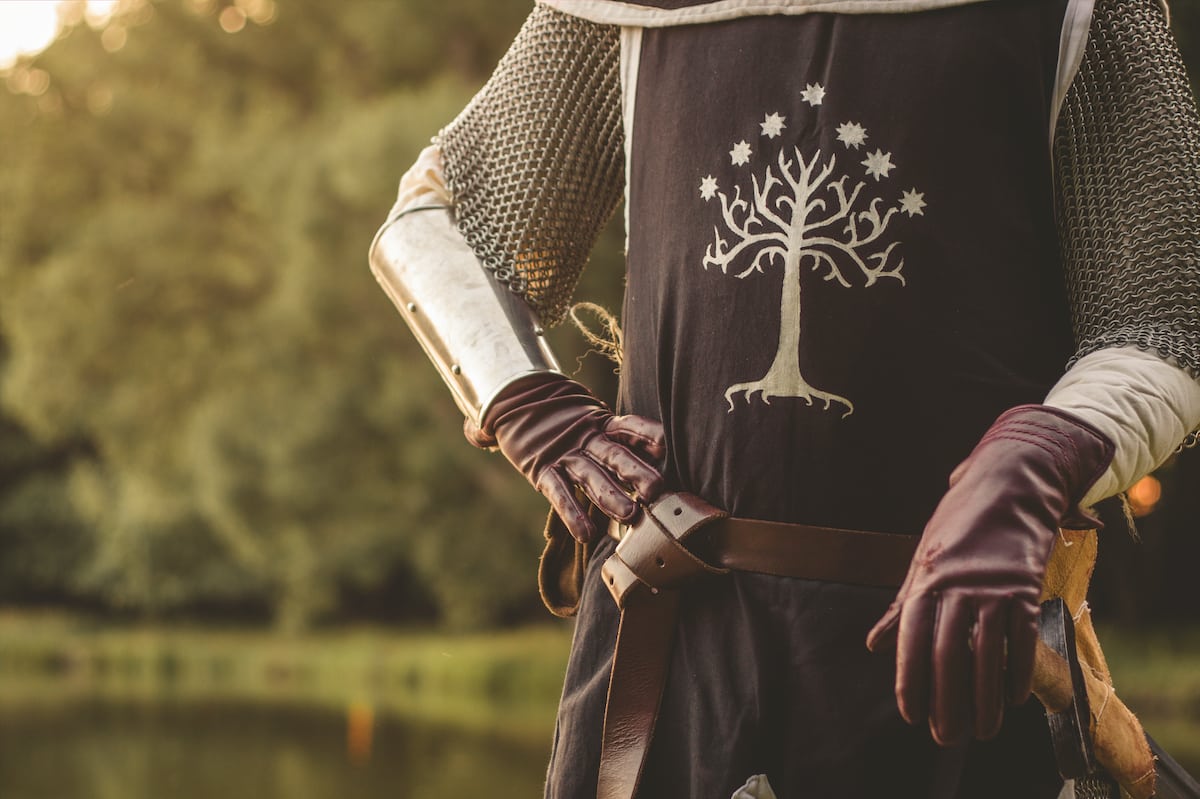 Gloves
Gloves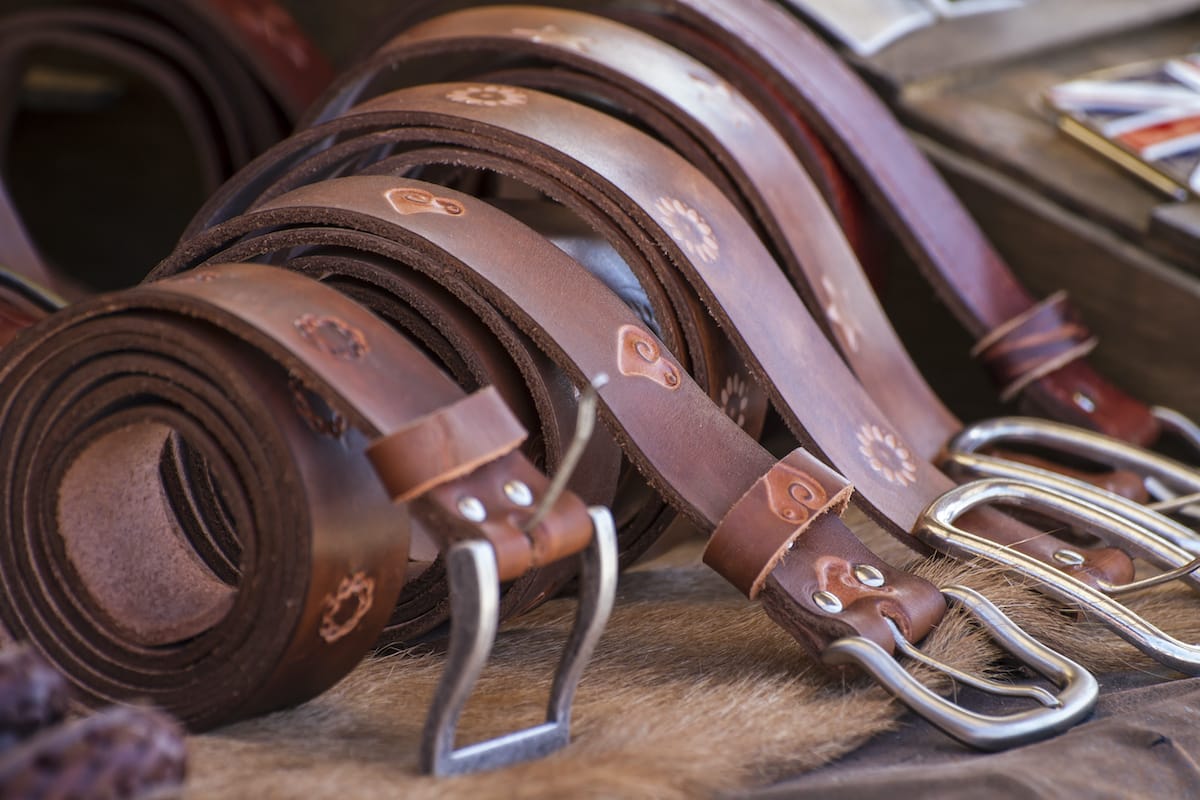 Belts
Belts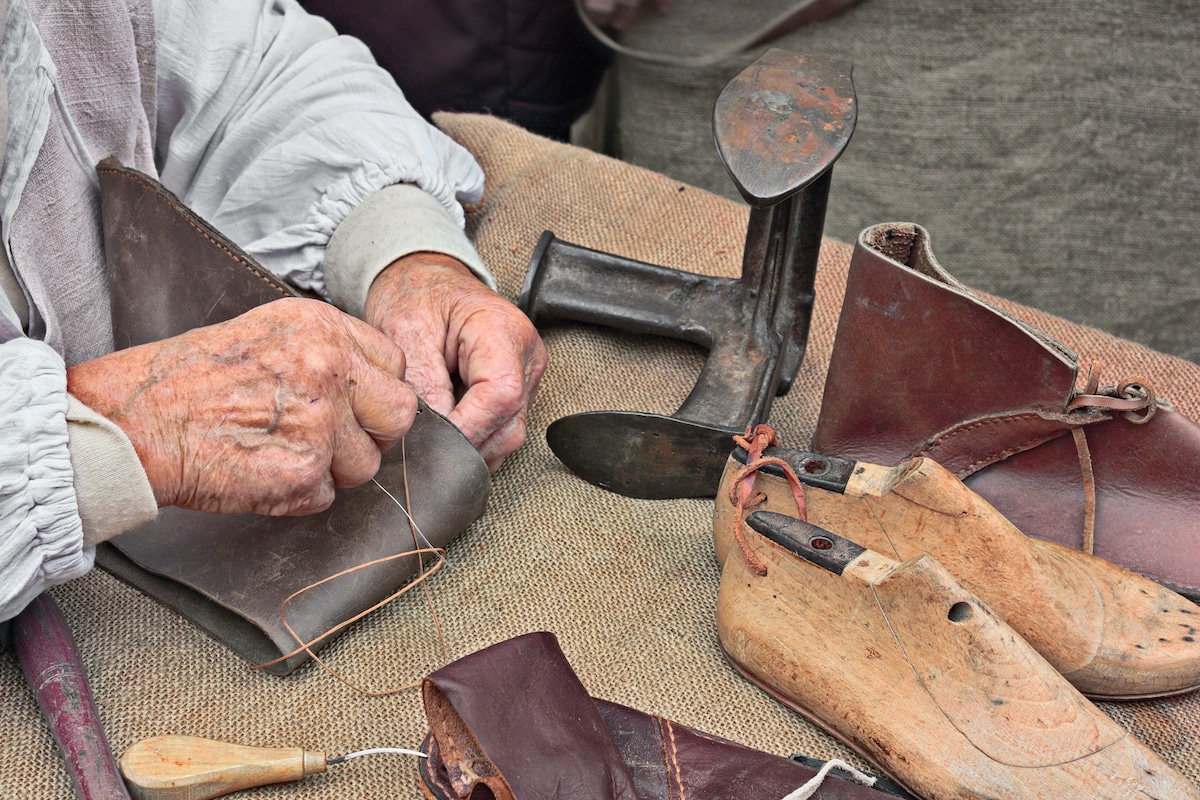 Shoes
Shoes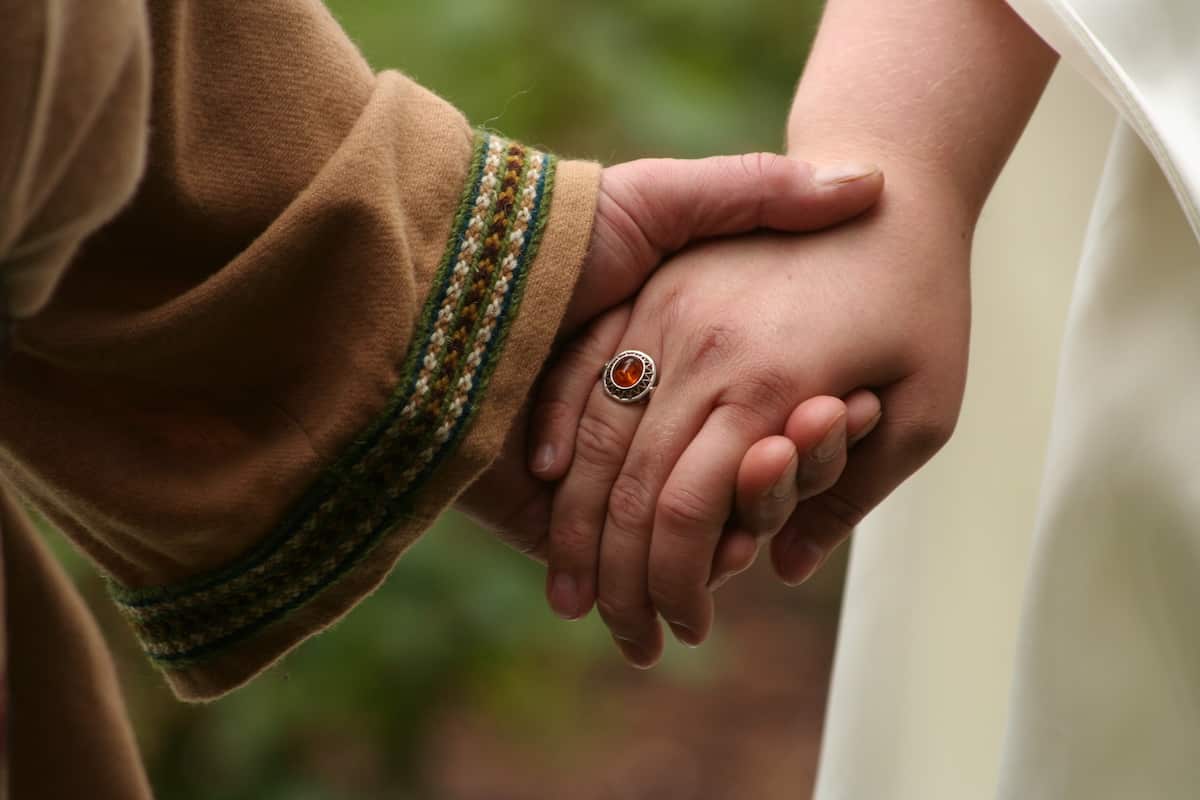 Rings
Rings Necklaces & Pendants
Necklaces & Pendants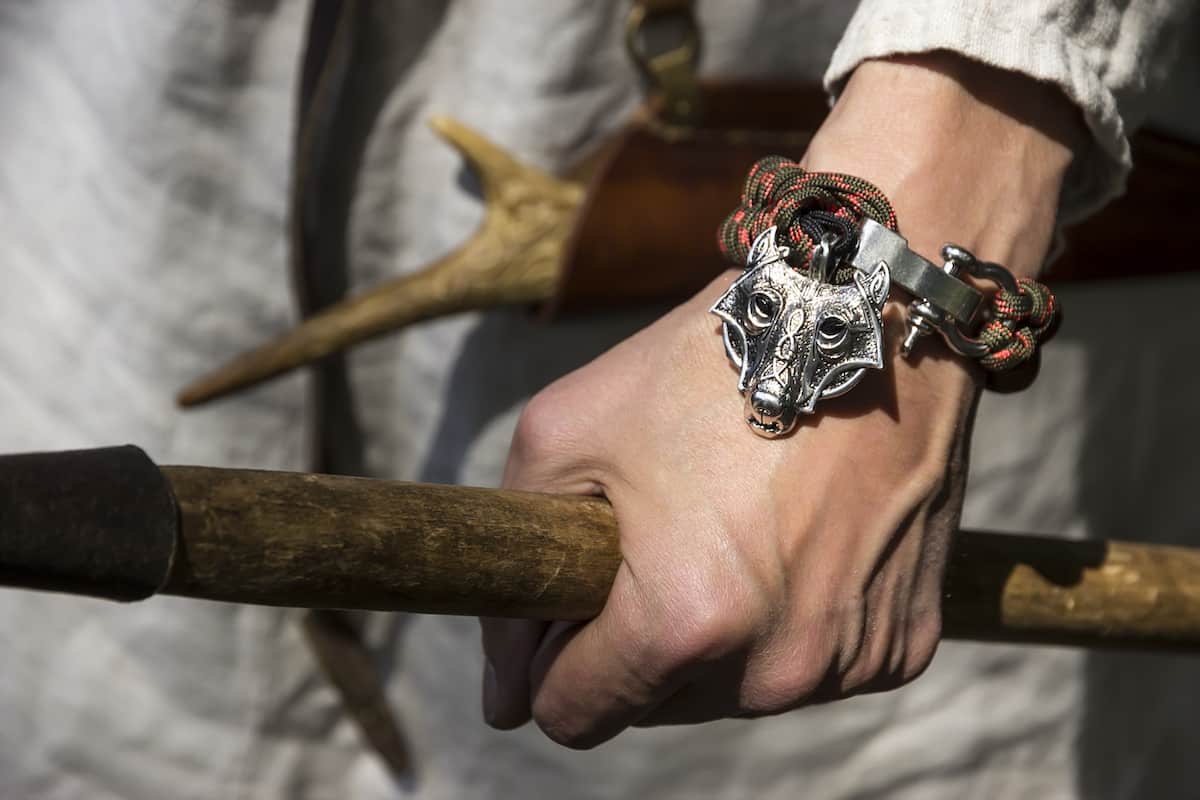 Bracelets
Bracelets